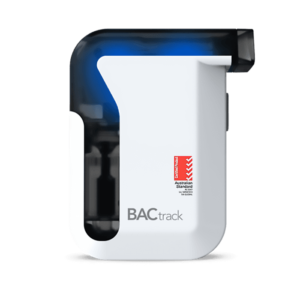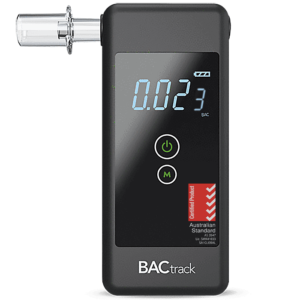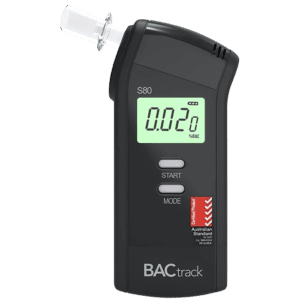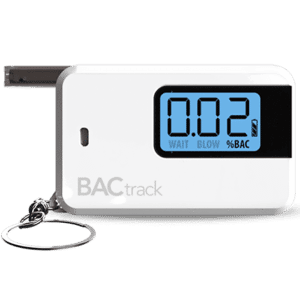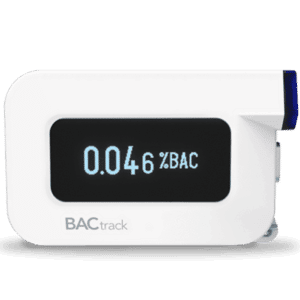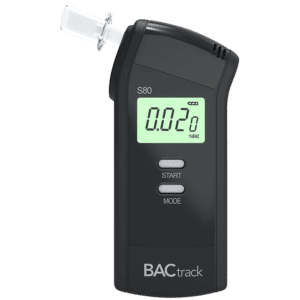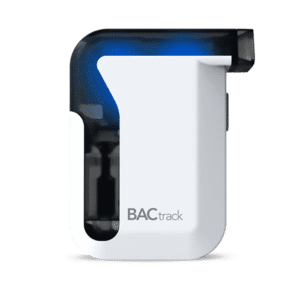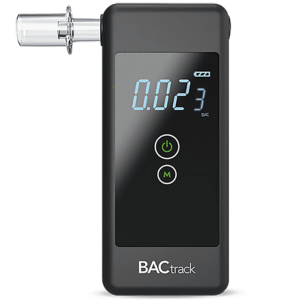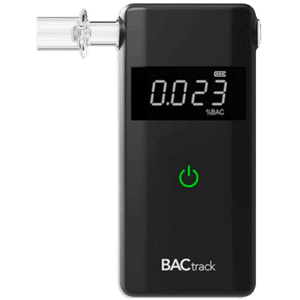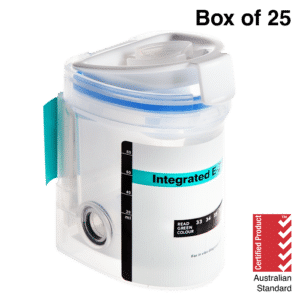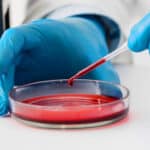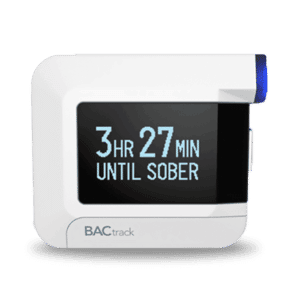Test for Drugs: What It Is, Types of Tests, & How to Conduct
08 April, 2024
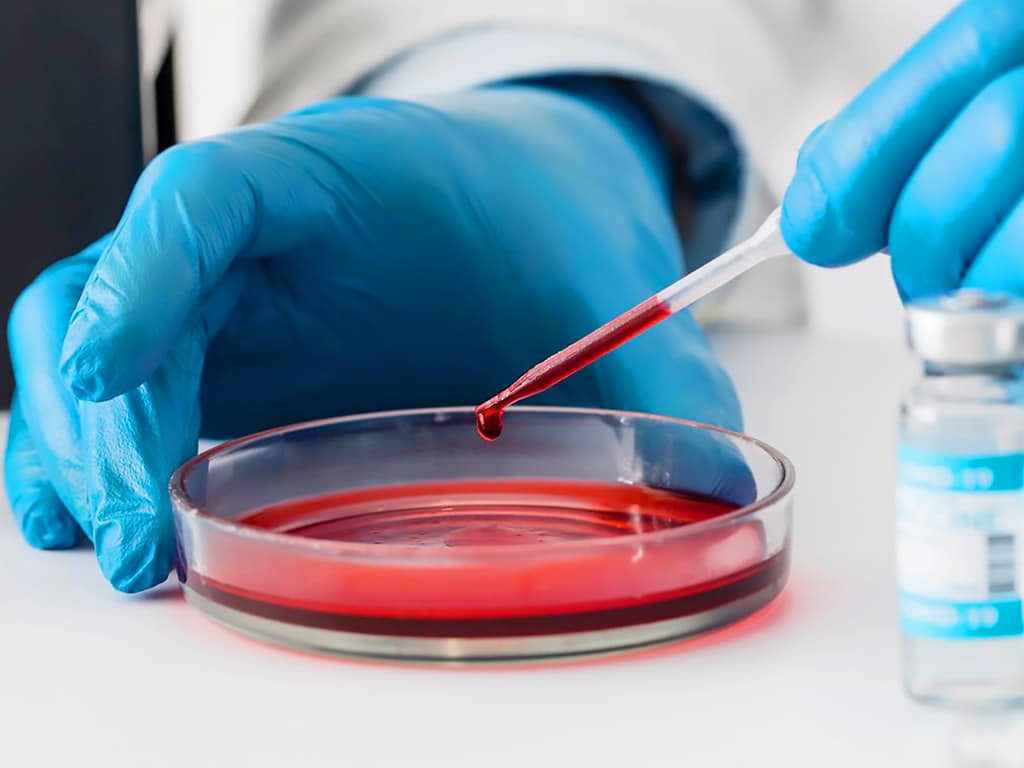
Drug testing is a common practice to detect the presence of drugs in the body. This procedure is often a part of safety policies or laws to minimise the hazards of illegal drugs or alcohol. In addition, there are various types of tests to implement this. The common tests for drugs are urine, blood, and hair analysis. The procedure involves sample collection in a clean environment and then analysing the specimen through a screening device or laboratory equipment.
Substance use disorders are a major health and safety concern in society. It is one of the leading factors of accidents, injuries, and health problems. Moreover, it can also impact workplace productivity. Therefore, proactive measures like drug testing are essential to manage these risks and ensure a safe environment for everyone. In this article, we will present the principles of drug testing, the types of tests, and guidelines for conducting them.
Test for Drugs – What Is It?
A test for drugs is the process of analysing biological samples to detect illicit substances in the system. This test is done in various settings, including workplaces, roadsides, and medical facilities, to identify individuals under impairment. The results of the test can have several implications, depending on the circumstances. For example, a positive result may lead to disciplinary actions in the workplace or legal consequences in a law enforcement setting.
Drug testing uses various techniques to identify and specify substances in the sample. One common technique is immunoassay screening. It uses antibodies to detect specific drug metabolites. The second kind is Gas Chromatography-Mass Spectrometry (GC-MS). It is a sensitive method that can provide more accurate results.
Immunoassay testing typically uses instant test kits that can produce rapid results. It is convenient and cost-efficient for on-site testing. However, these tests may have a higher risk of false positives and negatives. On the other hand, GC-MS is more accurate but requires a laboratory setting and trained professionals to conduct the test.
Importance of Drug Testing
- The purpose of drug testing is to identify individuals who may be abusing substances and pose a risk to themselves and others.
- It helps identify those who are misusing prescription medications and offers the necessary interventions.
- Ensures workplace safety through early detection of employees under the influence of drugs.
- Assesses the eligibility of job candidates for certain positions.
- Deters the risk of addiction or substance abuse.
- Reduces the risk of accidents and injuries.
- Ensures compliance with government regulations and industry standards.
- Provides legal evidence of drug use, especially in impaired driving, child custody battles, and workplace policy violations.
- Promotes a culture of accountability and responsibility.
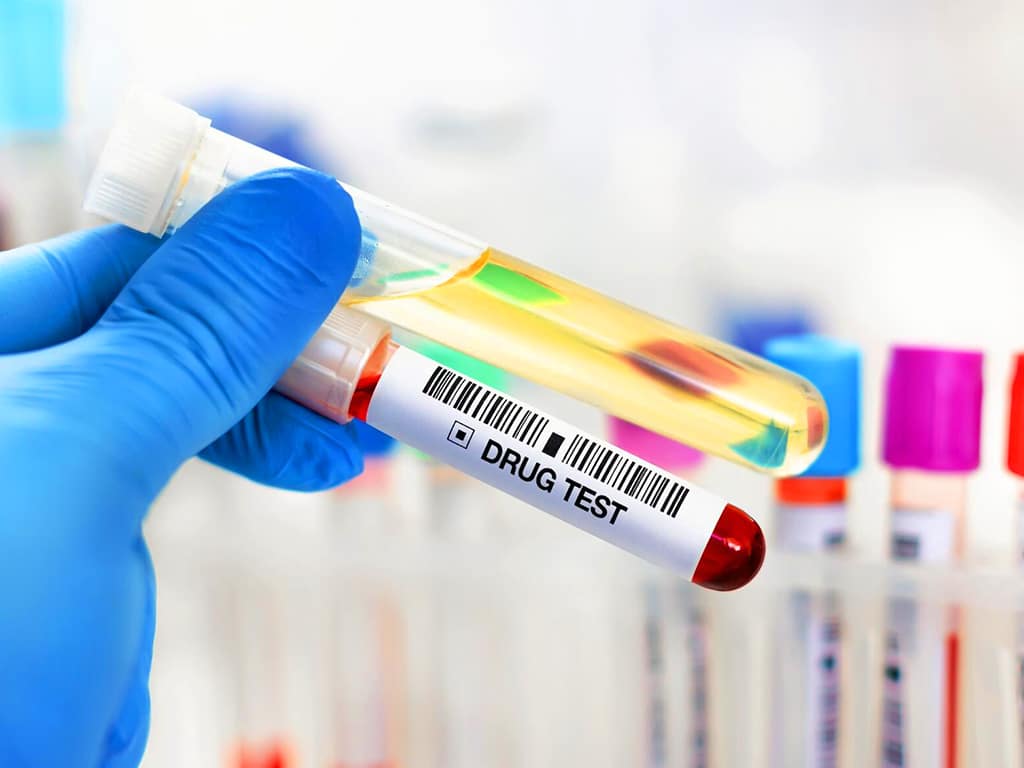
Types of Tests for Drugs
There are several tests for drugs available, and each type has its specific collection procedure, sensitivity, and detection window. One common type is the urine drug test. Urine testing can detect substances in the system for days up to weeks after use. It is non-invasive, easy to administer, and provides quick results.
Another type is blood testing. It is a highly accurate method that uses laboratory equipment for analysis. However, blood tests can be intrusive. It involves drawing blood samples from the vein using a needle. This test can trace both illicit drugs and legal substances within minutes to 72 hours after consumption.
Moreover, hair testing is another reliable method for detecting illicit substance use. This method involves collecting a few strands of hair and testing them for drug residues. When a person consumes drugs, the metabolites are deposited in hair follicles and remain there as the hair grows. It has an average detection window of 90 days, depending on the length of the hair samples. This provides a long detection period, making it suitable for determining the drug use history.
Common Drugs Tested For
Drug tests can detect commonly abused drugs like cannabis (marijuana), amphetamine/methamphetamine, heroin, and cocaine metabolites. The ingestion of hemp seed tea may also lead to a positive test for cannabis. Additionally, it also includes certain prescription drugs like benzodiazepines and opiates like methadone and morphine.
Furthermore, many drug testing programs include alcohol screening. Alcohol test kits can detect ethanol and its metabolites within minutes after consumption. A portable breathalyser, in particular, can measure Blood Alcohol Concentration (BAC) levels or the degree of impairment. Testing for alcohol and illegal and legal drugs provides a comprehensive approach to maintaining safety and preventing substance abuse.
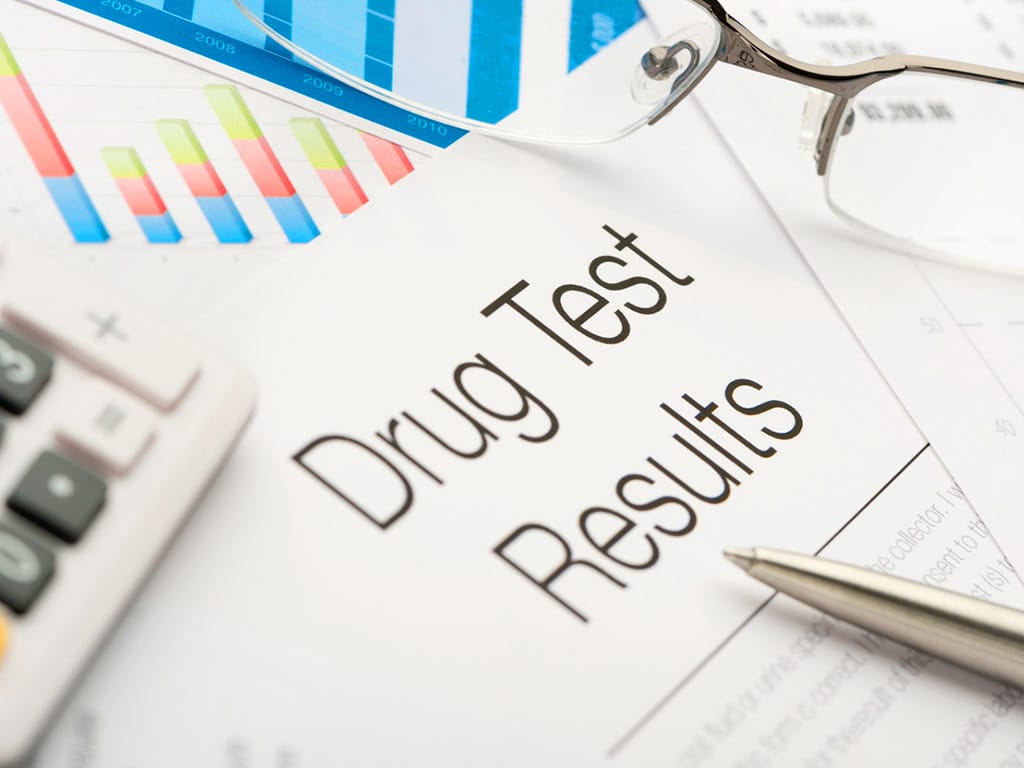
How to Conduct a Test for Drugs
Conducting a test for drugs involves several key steps, depending on the setting. In workplaces, employers must first obtain employee consent, while clinical and roadside testing may not need one. Ensure that the testing area is clean and free from possible contaminants that may affect the accuracy of the test.
The first step is the specimen collection procedure. The individual must provide a biological sample, such as blood, hair, or urine samples. For self-administration, it is important to follow the instructions of the drug test kit carefully. Additionally, secure the specimens in the designated collection container and label them properly to avoid mix-ups.
For immunoassay screening, individuals or test administrators can immediately analyse the sample using a test strip or integrated cups. The results usually appear within minutes, indicating the presence or absence of substances in a person. For laboratory testing, they must store and package the sample and send it to a facility for analysis. Standard tests have an average turnaround time of one to two days.
What Happens After a Non-Negative Result?
A non-negative result indicates the presence of drugs or their metabolites. This usually requires further steps to confirm the findings. In most cases, the specimens are forwarded to a lab for evaluation. A confirmation test uses GC-MS techniques to accurately identify and quantify the specific substances in the sample.
A Medical Review Officer (MRO) will probe the individual to determine if there is a legitimate reason for the positive result. Afterwards, the MRO will prepare the final result report and notify the employer or relevant authority. Conducting confirmation tests is crucial to minimise false positives and ensure accuracy.
Conclusion
In conclusion, executing a test for drugs is vital in keeping in various settings, including workplaces, roads, and healthcare facilities. It helps to maintain safety, prevent substance abuse, and ensure compliance with regulations. Different methods like urine, blood, and hair testing provide reliable results for detecting drug use. Moreover, the procedures typically involve an initial screening using immunoassays and confirmation through GC-MS. Each type varies in their accuracy, with laboratory tests providing more precise outcomes.
Following proper procedures for specimen collection and analysis is essential to obtain accurate results. In cases of non-negative results, confirming the findings through further testing is necessary to uphold the integrity of the test. Lastly, understanding each test method can help determine the most appropriate approach for a specific situation. Portable and instant test kits for drugs are available in online stores like Breathalysers Australia. They are easy to use, making them a convenient option for on-the-spot testing.


















